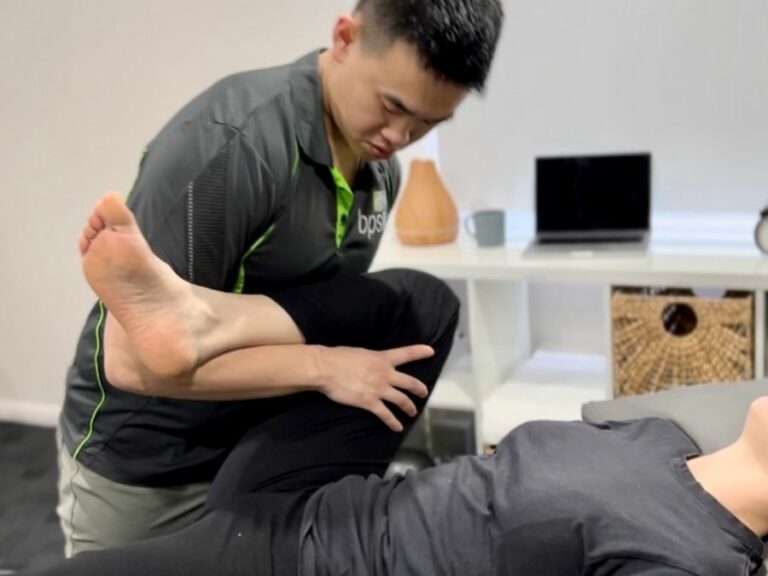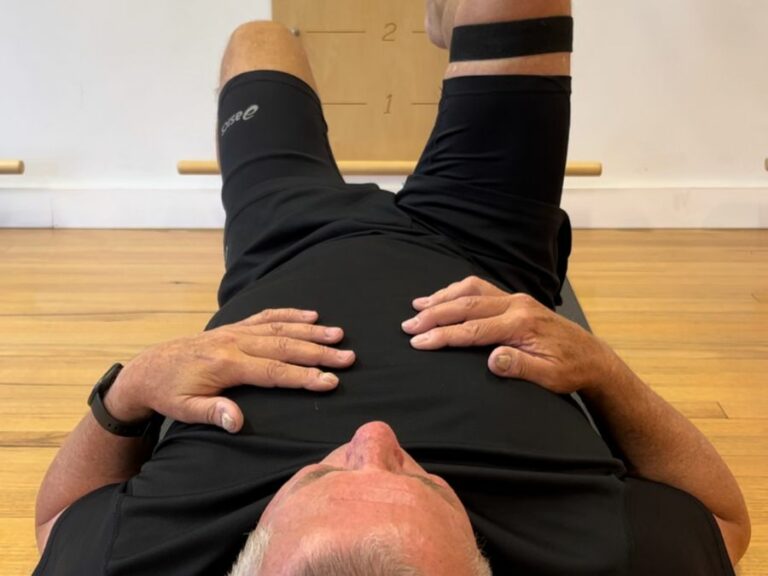As a Physiotherapist, I’ve had the privilege of working with individuals from all walks of life, helping them overcome various physical challenges. One common issue that I often come across is hernias. A hernia occurs when an organ or fatty tissue pushes through a weak spot in the surrounding muscle or connective tissue. While hernias can be painful and disrupt your daily life, the good news is that there are steps you can take to avoid them. And if you do find yourself dealing with a hernia, there are strategies to manage it effectively. In this blog post, I’ll provide you with valuable insights on both preventing hernias and addressing them if they occur.
Let’s start by understanding the various types of Hernia’s:
Hernias come in various types, each classified based on their location and the area through which the protrusion occurs. Here are some of the most common types of hernias:
- Inguinal Hernia: This is the most common type of hernia, occurring in the groin area. It can be either indirect (pushing through the inguinal canal) or direct (pushing through a weakened spot in the abdominal wall). Inguinal hernias are more common in men.
- Femoral Hernia: Similar to inguinal hernias, femoral hernias also occur in the groin area but are more likely to develop in women. They push through the femoral canal, located just below the inguinal ligament.
- Incisional Hernia: These hernias develop at the site of a previous surgical incision. They occur when tissue or organs push through the weakened scar tissue of the surgical site.
- Umbilical Hernia: Umbilical hernias occur near the belly button (umbilicus) and are more common in infants, pregnant women, and individuals who are overweight. They happen when tissue or organs push through the abdominal wall near the navel.
- Hiatal Hernia: Hiatal hernias are different from other hernias as they occur in the upper abdomen, where the stomach pushes up into the chest through the diaphragm. This type of hernia is often associated with acid reflux and gastroesophageal reflux disease (GERD).
- Epigastric Hernia: These hernias develop in the upper abdominal area between the navel and the lower part of the ribcage. They occur when fatty tissue or a portion of the intestine pushes through a weak spot in the abdominal wall.
- Spigelian Hernia: Spigelian hernias are less common and occur along the sides of the abdominal muscles. They can be harder to diagnose due to their location between the muscles.
- Sports Hernia (Athletic Pubalgia): This is a complex condition characterized by chronic groin pain, often seen in athletes. It involves a strain or tear in the muscles or tendons of the lower abdominal wall.
Preventing Hernias:
1. Maintain a Healthy Weight:
Excess weight can strain your abdominal muscles and increase the risk of developing hernias. Focus on maintaining a healthy weight through a balanced diet and regular exercise. A strong core can provide essential support to your abdominal muscles.
2. Proper Lifting Techniques:
Whether you’re lifting heavy objects at the gym or everyday items at home, using proper lifting techniques is crucial. Bend your knees, engage your core, and lift with your legs instead of your back. Avoid twisting while lifting, as this can put unnecessary strain on your muscles.
3. Core Strengthening Exercises:
Incorporate exercises that target your core muscles into your fitness routine. Pilates exercises (more about this here) such as, bridging, side side to side and any version of leg raises are excellent options. A strong core provides stability and support for your abdominal area, reducing the risk of hernias.
4. Avoid Straining During Bowel Movements:
Straining during bowel movements can increase intra-abdominal pressure and strain your muscles. Consume a fiber-rich diet, stay hydrated, and consider maintaining a regular bathroom schedule to prevent straining.
5. Proper Posture:
Maintaining good posture is more than just looking confident – it can also prevent hernias. Poor posture can lead to muscle imbalances and weaken your abdominal muscles. Focus on sitting and standing tall. When seated, make sure your sitting on your sit bones. When standing make sure you are elongating your spine and not hanging into your lower back and sticking out your tummy.
Managing Hernias:
If you suspect you have a hernia or have been diagnosed with one, here’s what you can do:
1. Consult a Medical Professional:
The first step is to consult a medical professional, such as a Physiotherapist or GP, who can accurately diagnose your condition and recommend the appropriate treatment plan.
2. Avoid Activities That Aggravate the Hernia:
Depending on the severity of your hernia, your Physiotherapist may advise you to avoid certain activities that could worsen the condition. Activities that increase intra-abdominal pressure, like heavy lifting, might be restricted.
3. Wear a Supportive Belt:
For some types of hernias, wearing a supportive belt or truss may provide temporary relief by holding the herniated tissue in place. However, this should only be done under the guidance of a medical professional.
4. Physiotherapy:
Physiotherapy can play a crucial role in managing hernias. A skilled physiotherapist can guide you through exercises that help strengthen your core muscles, improve posture, and provide better support for the affected area.
5. Surgical Intervention:
In some cases, surgical intervention might be necessary to repair the hernia. If your doctor recommends surgery, make sure to discuss the procedure, risks, and recovery process thoroughly.
Conclusion:
Preventing hernias involves adopting healthy lifestyle habits, maintaining proper posture, and taking care when lifting heavy objects. However, if you do find yourself facing a hernia, remember that there are both non-surgical and surgical options available to manage the condition effectively.
Want to learn more or feel like you need some specific advise for your situation? reach out, our team of Physiotherapists and Pilates instructors are happy to help! Your health and well-being are paramount, and taking proactive steps can help you lead a fulfilling, pain-free life.




